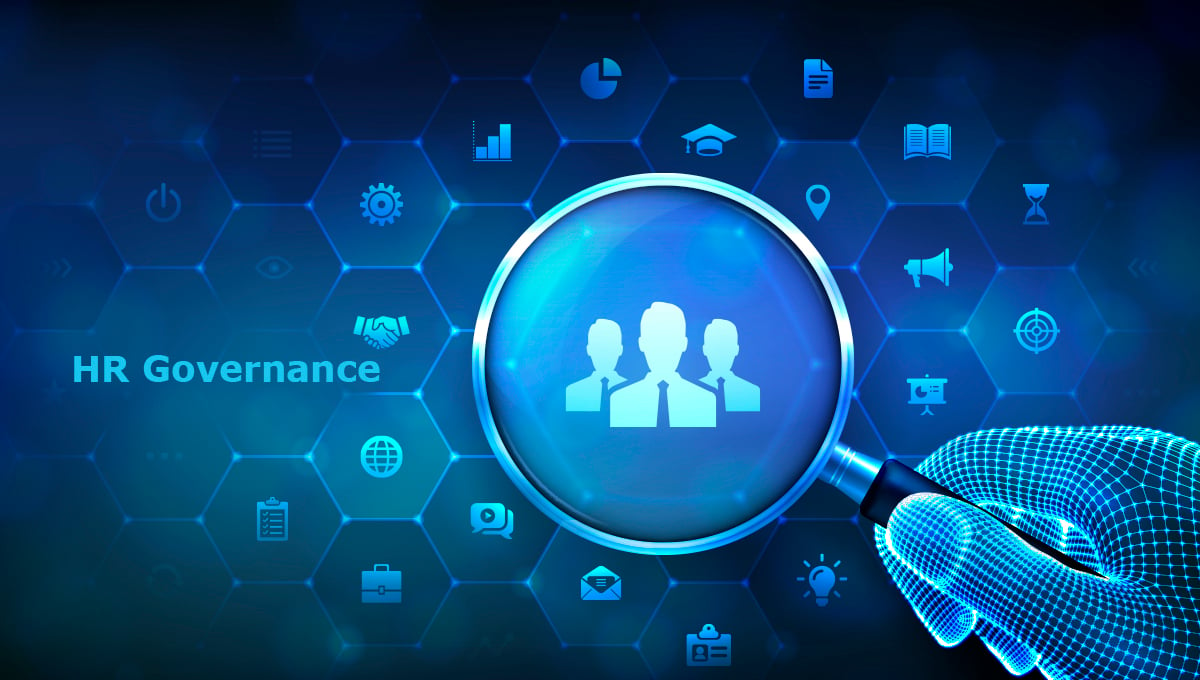
The beginning of the 21st century has been an exciting time for HR. As we get ready to enter the third decade, cultural, financial, competitive, and regulatory pressures are rewriting the HR playbook. Corporate governance is growing from mere headcounts and compensation to encompass the capability of the workforce to deliver present and future value.
Regulatory Governance Drivers
In today's world, a company's intangible assets, including human capital and culture, have become a significant portion of its market value.
The U.S. Securities and Exchange Commission Is proposing requirements for more disclosure of the value of human capital and how it drives long-term value.
According to the EY Center for Board Matters, Global investors and frameworks such as the Global Reporting Initiative, the Embankment Project for Inclusive Capital, and the Sustainability Accounting Standards Board (SASB) identify human capital as a crucial value driver.
The Evolving Workforce
The changing perception of the value of life and work has forced organizations to rethink the concept of workers as simple economic units. Businesses have become social enterprises that pursue value far beyond shareholder returns.
Today's labor force includes many types of non-employee and contingent workers. The freelance economy is growing, except in areas where heavy-handed regulation makes it too complicated.
In the past, HR operated on three assumptions that are no longer true:
- work outcomes are stable,
- jobs are predictable,
- People are fungible.
Work today is in a continuous state of reimagination, jobs are fluid and dynamic, and humans are no longer interchangeable cogs in an organization.
Digitization
Entire industries and the entire world are undergoing a digital revolution that is changing the way we conduct business, our social interactions, health, government, and everything else we do.
Analytics-Driven HR
The HR function has transitioned from its perception as a back-office function to a strategic partner in the business. That transition requires a new breed of forward-looking human capital analytics and metrics that operational reporting can't deliver.
We've been talking about these trends for over ten years. While many organizations have made significant progress, there is still a significant gap between knowing the importance of the organization's relationship with its people and HR's readiness to handle it. In Deloitte's Human Capital Trends 2020 report, 75% of respondents said the role of HR was essential to their success over the next 12 to 18 months, but only 11% said HR was ready to address it.
Board of Directors Role in Workforce Governance
To remain competitive, organizations need to develop a framework that provides clarity and accountability for workforce readiness and performance at every level of the organization. It begins with the Board of Directors.
The Board sets the tone of the organization in human capital and culture. It should have sufficient expertise in workforce management and organizational culture to support and enable the organization to shape and develop the workforce to meet both known and unknown challenges.
It should ensure that the company consistently communicates and lives its culture and values throughout the organization, so each individual understands his or her responsibilities and accountabilities in achieving the company's purpose.
The CHRO has the same responsibility concerning the workforce that the CFO has in finance. That means providing the Board with regular updates on crucial workforce and culture, metrics, and financial reporting. It should also include discussions of the framework for HR Governance.
Continue reading...
